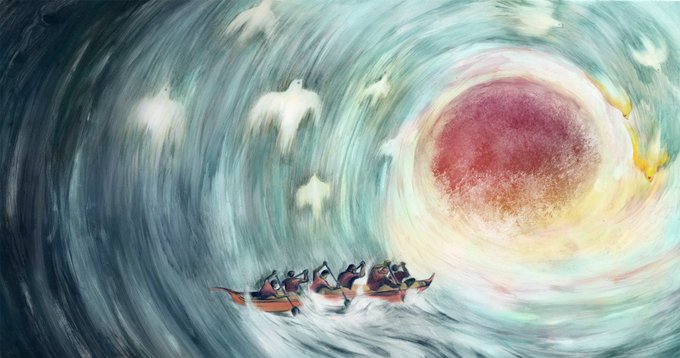Only three canoes dared to put in for the first Molokaʻi Hoe in 1952. The race was not yet the spectacle it would become more than 50 years later. It’s the Super Bowl of canoe paddling and a staple of the Hawaiian sports scene in which over 1,000 participants from across the planet compete in the more than 40-mile race from Molokai to Oahu. But the Molokaʻi Hoe — pronounced ho-eh, so that it almost rhymes with “boy” — has always been extremely dangerous. The treacherous Kaʻiwi Channel has been locally infamous for a lot longer than the Hoe has been internationally famous. Kaʻiwi translates to “the bone,” a reference to the collection of human remains strewn across its depths. Just a few miles down the coast from the Molokaʻi Hoe’s finish line, corpses of fishermen and sailors regularly washed ashore from Kaʻiwi’s torrents.
Completing the Molokaʻi Hoe is a man-versus-nature feat that has inspired risk-taking athletes for centuries; it also imbues the race with special local heroism, the bravery that inspired ancient Polynesians to explore their vast oceanic horizons thousands of years ago. The Hoe is no less daunting in 2019, but it has also become something else in recent seasons — a crucial example of how climate change is affecting our world…
Like
